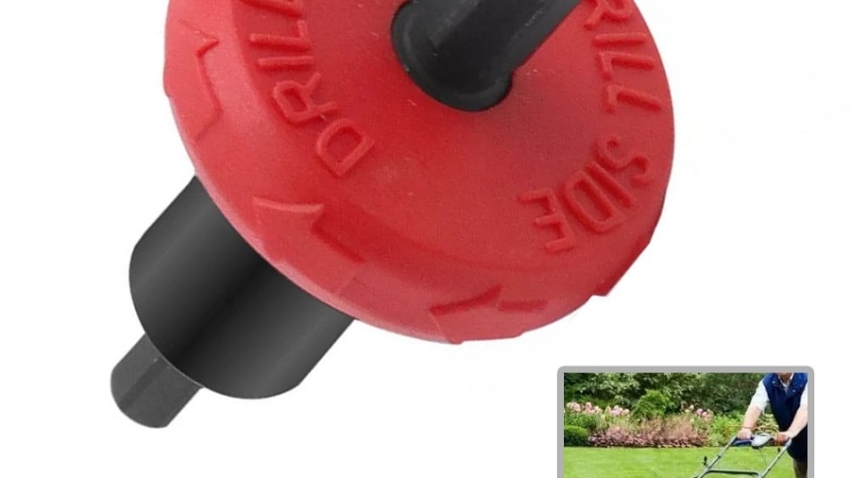
How to Jumpstart A Lawnmower: From Stalled to Started
Safety First: Preparing to Jumpstart
Before attempting to jumpstart your lawnmower, prioritizing safety is crucial. Unsafe handling can lead to injuries or further damage to your lawnmower. To ensure you’re prepared, follow these safety guidelines:
- Read the Manual: Every lawnmower model is different. Always consult your lawnmower’s manual for specific safety instructions related to jumpstarting.
- Wear Protective Gear: Gloves and goggles can protect you from sparks or battery acid. It’s better to be safe than sorry when handling electrical components.
- Inspect the Battery: Look for any signs of damage, such as cracks or leaks. Do not attempt to jumpstart if the battery appears compromised.
- Check for Flammable Materials: Remove any flammable materials from the workspace. This includes things like dry grass, leaves, or any spilled fuel.
- No Smoking: The area should be smoke-free. Batteries emit gases that are highly flammable, and a single spark could be dangerous.
- Keep a Fire Extinguisher Nearby: In the case of a fire, you’ll want to extinguish it quickly. Make sure you have a fire extinguisher that is appropriate for electrical fires.
- Use the Right Tools: Ensure you have the correct tools and materials before you start. We’ll cover what you’ll need in the following sections.
By adhering to these safety procedures, you’re not only looking after your wellbeing but also setting the stage for a successful jumpstart of your lawnmower. In the next sections, we will delve into identifying the right lawnmower battery and the specific tools required for the job, to make your “how to jumpstart a lawnmower” experience smooth and hazard-free.
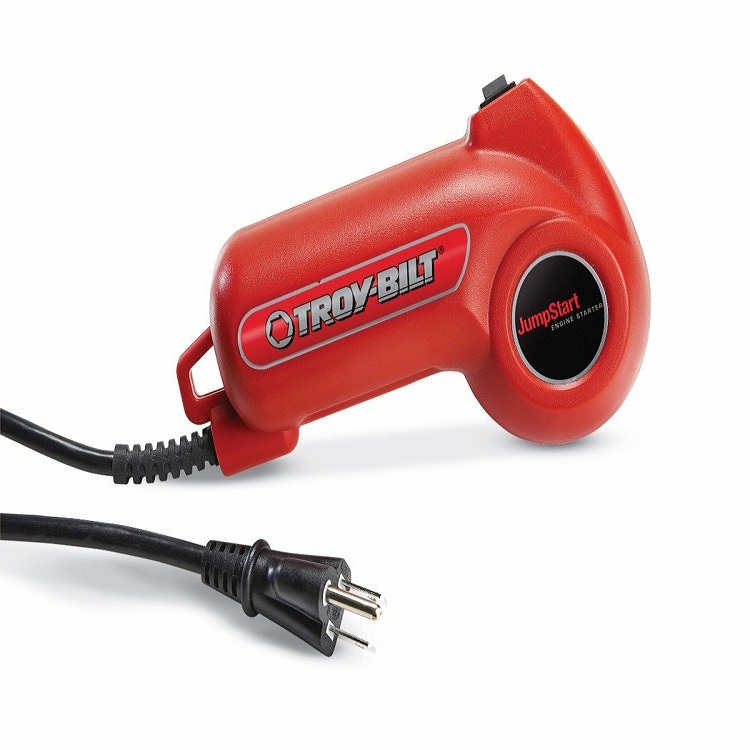 Identifying the Right Lawnmower Battery
Identifying the Right Lawnmower Battery
Selecting the correct lawnmower battery is essential for a successful jumpstart. Batteries vary by type, voltage, and size, and using the wrong one can cause damage. Here’s a clear guide to ensure you pick the right battery:
- Check the Voltage Requirement: Your lawnmower may require a 12-volt battery, but check the manual to be sure.
- Understand Battery Types: Lawnmower batteries are usually lead-acid and need regular maintenance. Some models use AGM (Absorbent Glass Mat) batteries, which are maintenance-free.
- Consider the Physical Size: Batteries come in different sizes. The one you need should fit securely in its designated space.
- Observe Terminal Positions: Positive and negative terminals have specific positions. Make sure the new battery matches the old one’s terminal layout.
- Review the Amp Hour Rating: A battery with a higher amp hour rating will last longer, but make sure it’s compatible with your lawnmower.
By carefully selecting the right battery, you can avoid potential issues during the jumpstart process. Keep this checklist at hand when you’re purchasing a new battery or evaluating if your current one is fit for a jumpstart.
Tools and Materials Needed for the Jumpstart
Having the right tools and materials is necessary to jumpstart your lawnmower safely and effectively. Here’s a list of what you’ll need:
- Jumper Cables: Select a set of quality jumper cables with insulated clamps. This minimizes the risk of shock or short-circuiting.
- A Second Battery or Vehicle: You need a power source. This could be another lawnmower battery or a car battery. Ensure it has the same voltage as your lawnmower’s battery.
- Wire Brush: Use this to clean off any corrosion from the battery terminals. A clean contact point is essential for a good connection.
- Wrench: A wrench is needed to loosen and tighten the battery terminals.
- Protection: Remember to wear protective gear, like safety glasses and gloves, to shield yourself from potential hazards.
- Voltage Tester: This tool is useful to check the battery’s voltage before and after the jumpstart.
Take a moment to gather all of these items before you begin the jumpstart process. Keeping everything within reach helps the jumpstart go smoothly. In the next section, we’ll walk through the step-by-step guide on how to jumpstart a lawnmower.
Step-by-Step Guide to Jumpstarting Your Lawnmower
Once you have your safety gear on and the proper tools ready, follow this guide to jumpstart your lawnmower:
- Position Your Power Source: Place the second battery or vehicle close to the lawnmower without allowing them to touch.
- Turn Off Both Engines: Make sure the lawnmower and vehicle (if used) are off. Set parking brakes for safety.
- Connect the Jumper Cables: Attach the red cable to the positive terminal of the lawnmower battery. Then, connect the other end to the positive terminal of the second battery or vehicle.
- Ground the Connection: Attach the black cable to the negative terminal of the second battery or vehicle. Then, connect the free end to an unpainted metal surface on the lawnmower’s engine.
- Start the Power Source: If using a vehicle, start the engine. Allow it to idle for a minute to build up charge.
- Jumpstart the Lawnmower: Turn the key or push the start button on the lawnmower. If it doesn’t start, wait a few minutes before trying again.
- Disconnect the Cables: Once the lawnmower starts, disconnect the cables in reverse order. Start with the black cable on the lawnmower, then the vehicle, followed by the red cable.
- Let the Engine Run: Allow the lawnmower to run for several minutes. This charges the battery further.
By following these steps carefully and safely, you should manage to jumpstart your lawnmower successfully. The process may vary slightly based on your model, so refer to your manual for any specific instructions. After the jumpstart, it’s crucial to monitor your battery’s performance to ensure it’s in good working condition.
Troubleshooting: Common Issues When Jumpstarting
Even with the right safety measures and instructions, you might face issues when trying to jumpstart your lawnmower. Many common problems can occur, and knowing how to handle them is crucial. Here are some troubleshooting tips to help you identify and resolve these hurdles:
- No Response from Lawnmower: If your lawnmower doesn’t make any noise or movement, double-check your cable connections. Ensure they are secure and properly placed according to their polarities. It’s possible that the cables may not be making a good contact or they could be too old and need replacing.
- Weak or Slow Start Attempt: This may indicate that the lawnmower battery is deeply discharged. Allow the power source to charge the battery for a few more minutes. If the issue persists, the battery may be beyond revival and could need replacement.
- Engine Turns Off After Removal of Cables: If the lawnmower engine dies shortly after removing the jumper cables, the battery may not be holding a charge. This could be due to a bad battery or an issue with the lawnmower’s charging system. Inspection by a professional is recommended.
- Sparks or Smoke: This is a sign of a short circuit or improper connection. Disconnect immediately and ensure that the connections are correct. Check for any signs of damage on the cables or terminals and correct them before trying again.
- Swollen Battery Case: A swollen battery case indicates that the battery is damaged and could be dangerous to jumpstart. In this case, a new battery is necessary. Do not attempt to jumpstart or charge a swollen battery.
By recognizing and addressing these issues promptly, you can safely continue your attempt to jumpstart your lawnmower. Always refer to your lawnmower manual for specific troubleshooting steps and when in doubt, seek professional assistance.
Maintaining Your Lawnmower Battery Post-Jumpstart
After successfully jumpstarting your lawnmower, proper maintenance ensures longevity and reliable performance. Here’s how to keep your lawnmower battery in top shape:
- Regular Charging: Keep the battery fully charged. Use a battery charger after each mow, especially if it’s not used often.
- Clean Terminals: Periodically clean the battery terminals. Use a wire brush to remove corrosion and maintain a good connection.
- Check Fluid Levels: For lead-acid batteries, check the water level frequently. Top up with distilled water as needed, but don’t overfill.
- Avoid Extreme Temperatures: Store your lawnmower in a cool, dry place. Extreme heat or cold can shorten a battery’s lifespan.
- Keep it Charged During Off-Season: If you won’t be using the lawnmower for an extended period, charge the battery monthly to avoid deep discharge.
- Inspect Regularly: Look for signs of damage or wear. Catching issues early can prevent the need for another jumpstart or replacement.
- Tighten Connections: Ensure the battery connections are tight and secure. Loose cables can lead to poor performance and starting issues.
- Use a Battery Maintainer: A battery maintainer can keep the charge level optimal without overcharging, ideal for off-season storage.
By following these simple maintenance steps, your lawnmower battery should remain healthy, providing a hassle-free start every time. Refer to your manual for any specific battery care instructions for your lawnmower model.
When to Seek Professional Help
Sometimes, despite following all the steps of how to jumpstart a lawnmower, you may not get the desired results. It’s essential to know when to step back and seek professional help to avoid causing further damage or risking personal injury. Here are some situations where it’s best to consult a professional:
- Repeatedly Failing to Jumpstart: If multiple attempts to jumpstart your lawnmower fail, it could point to a more complex issue.
- Electrical Problems: Issues such as frequent fuses blowing or dimming lights on your lawnmower suggest an electrical problem.
- Battery Leaks or Damage: If you notice acid leaks, bulging, or any physical damage to the battery, it’s time to call an expert.
- Engine Starts Then Dies: When the engine starts but stops running after a short while, this could indicate a deeper mechanical or electrical issue.
- Unusual Sounds or Smells: Any strange noises or smells coming from your lawnmower when trying to start it could be a sign of a serious problem.
- Warranty Concerns: If your lawnmower is under warranty, DIY repairs might void it. Check your warranty terms before proceeding.
Turning to a professional can save time and money in the long run. Experts have the tools and knowledge to diagnose and fix the issue correctly. Don’t hesitate to take your lawnmower to a service center or call a technician if you encounter any of these problems.
Alternative Methods to Revive a Dead Lawnmower Battery
If your lawnmower’s battery won’t jumpstart, don’t lose hope yet. There are alternative methods that can help revive a dead lawnmower battery. It’s important, however, to proceed with caution and understand that these methods may be temporary solutions. Here are a few to consider:
- Trickle Charging: This method involves a slow charge over a long period. It’s gentle on the battery and can sometimes bring it back to life.
- Battery Tender: Similar to trickle charging, a battery tender keeps the battery at optimal charge. It’s useful for maintaining battery health during the off-season.
- Distilled Water: For batteries that can be opened, check and refill the cells with distilled water. This can help improve conductivity.
- Epsom Salt Solution: Mixing Epsom salt with distilled water can dissolve buildup on the battery plates. Add the solution to each cell, but only as a last resort.
- Bump Starting: This is more physical and involves manually spinning the mower blades. It’s risky and not recommended for most users.
Remember, these methods may not work for all batteries, especially if there’s significant damage or the battery is too old. If you are unsure, it’s best to consult a professional. Proper disposal of batteries is also crucial; never throw them in the trash. Take them to a recycling center that accepts lead-acid batteries.




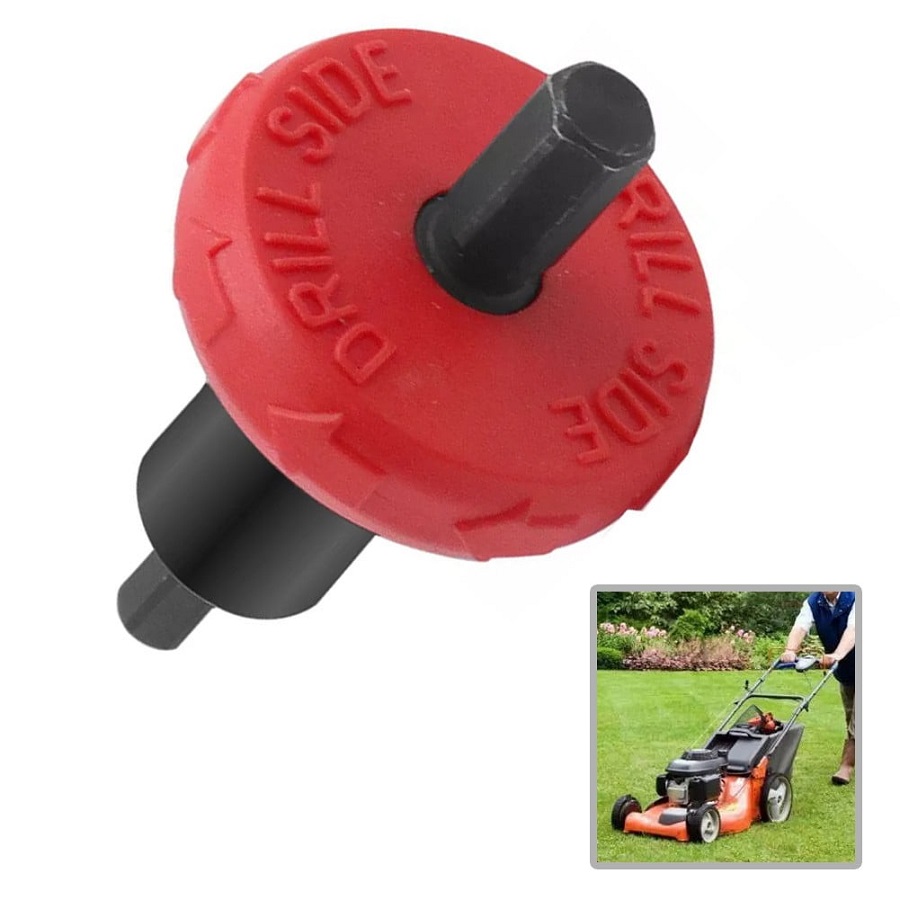

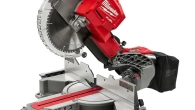
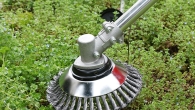
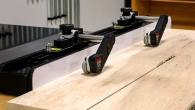

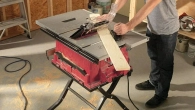
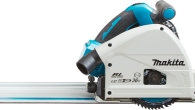
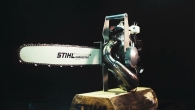
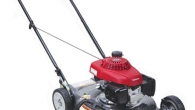
Leave a Reply